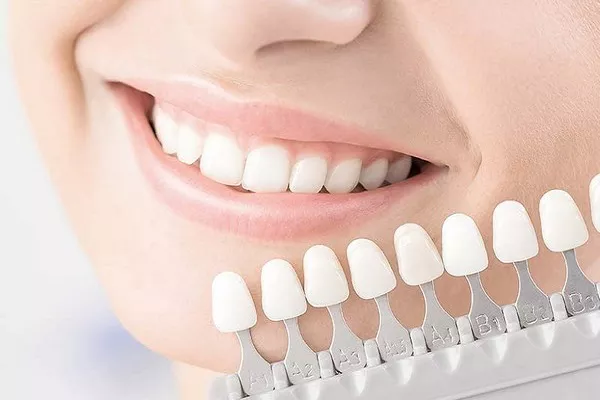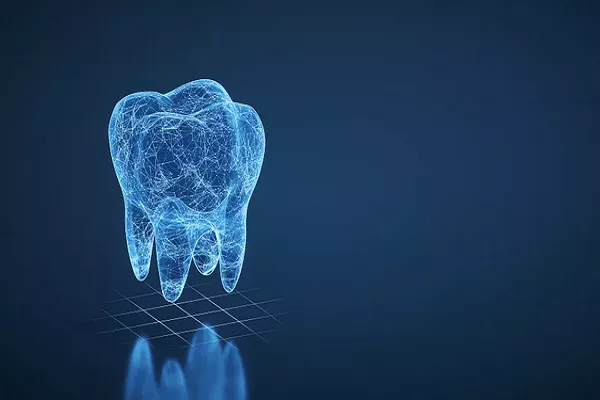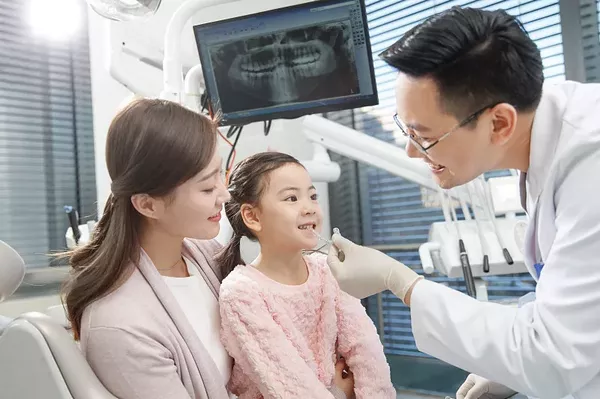A bright and radiant smile is often associated with good oral health and can boost one’s confidence. However, the presence of a single yellow tooth amidst an otherwise white smile can be concerning and embarrassing for many individuals. Yellowing teeth can be caused by various factors, and understanding the underlying reasons can help address the issue effectively. In this article, we will explore the common causes of one tooth turning yellow and the possible remedies to restore a vibrant smile.
Poor Oral Hygiene
One of the leading causes of yellowing teeth is inadequate oral hygiene. Irregular or improper brushing and flossing can lead to plaque buildup on the teeth, which contains bacteria and stains from food and drinks. Over time, this can cause teeth to appear yellow or discolored, especially the tooth surfaces that are harder to reach and clean properly.
To prevent yellowing due to poor oral hygiene, it is crucial to establish a thorough oral care routine, including brushing twice a day, flossing daily, and visiting the dentist regularly for professional cleanings.
Food and Beverages
The foods and beverages we consume can significantly impact the color of our teeth. Dark-colored and acidic foods such as coffee, tea, red wine, berries, soy sauce, and certain spices can stain the tooth enamel over time, leading to yellowing or discoloration.
Acidic foods can also erode the enamel, making the teeth more susceptible to staining. It is advisable to limit the consumption of staining foods and beverages and rinse the mouth with water after consuming them to reduce their impact on tooth color.
Tobacco Use
Tobacco products, including smoking cigarettes or using smokeless tobacco, can cause severe teeth discoloration over time. The chemicals present in tobacco products can stain the tooth enamel and lead to a persistent yellow or brownish appearance.
Quitting tobacco use can not only improve dental health but also enhance overall well-being. Seeking support from healthcare professionals and support groups can be helpful in overcoming tobacco addiction.
Dental Trauma or Injury
In some cases, a single tooth may turn yellow due to dental trauma or injury. If the tooth sustains a forceful impact or undergoes significant physical trauma, it can lead to internal bleeding or damage to the tooth pulp. As a result, the affected tooth may exhibit a yellowish hue due to internal changes in the tooth structure.
If you suspect that dental trauma is the cause of a yellow tooth, it is crucial to seek immediate dental attention to prevent further complications and assess the extent of the damage.
Tooth Decay and Enamel Erosion
Tooth decay and enamel erosion can also contribute to the yellowing of teeth. When enamel, the protective outer layer of the teeth, becomes worn down or compromised due to acid exposure or bacterial activity, it can expose the underlying dentin. Dentin is naturally yellow in color, and its visibility through thinning enamel can cause the tooth to appear yellowish.
Maintaining a cavity-free mouth and protecting the enamel by avoiding acidic foods and beverages are essential for preventing tooth decay and enamel erosion.
Aging and Genetics
As individuals age, the enamel on the teeth can naturally wear down, revealing more of the dentin layer. Additionally, genetics can play a role in the thickness and color of tooth enamel. Some people may have thinner enamel or naturally yellower dentin, making their teeth more prone to yellowing.
While age and genetics are factors beyond control, maintaining good oral hygiene practices and avoiding staining foods and tobacco use can help minimize the impact on tooth color.
Medications
Certain medications, such as tetracycline antibiotics, can cause teeth discoloration when taken during tooth development stages or long-term usage. This discoloration may appear as dark yellow or grayish bands on the affected teeth.
If you suspect that medication is causing tooth discoloration, consult with a dentist or healthcare provider to explore potential alternatives or remedies.
Remedies for Yellowing Teeth:
Teeth Whitening: Professional teeth whitening treatments performed by a dentist can effectively remove stains and brighten teeth. Over-the-counter whitening products may also be an option, but professional treatments often yield more consistent and noticeable results.
Dental Bonding: For teeth with persistent discoloration or stains, dental bonding can be a viable solution. In this procedure, a tooth-colored resin is applied to the surface of the tooth to improve its appearance.
Porcelain Veneers: Veneers are thin shells of porcelain that are custom-made to fit over the front surface of teeth. They can be used to cover severely stained teeth and create a natural, white smile.
Maintaining Good Oral Hygiene: Regular brushing, flossing, and professional dental cleanings are essential for preventing further yellowing and maintaining overall oral health.
Conclusion
A single yellow tooth can be a cause of concern for individuals seeking a bright and confident smile. Understanding the common causes of tooth yellowing can help identify potential remedies and preventive measures. Poor oral hygiene, food and beverage choices, tobacco use, dental trauma, tooth decay, aging, genetics, and medications can all contribute to tooth discoloration.
Maintaining good oral hygiene practices, avoiding staining foods and tobacco use, and seeking professional dental care are vital steps to prevent and address tooth yellowing. For persistent yellowing, dental treatments such as teeth whitening, dental bonding, or porcelain veneers may provide effective solutions to restore a radiant smile.
Relate Topics:





























